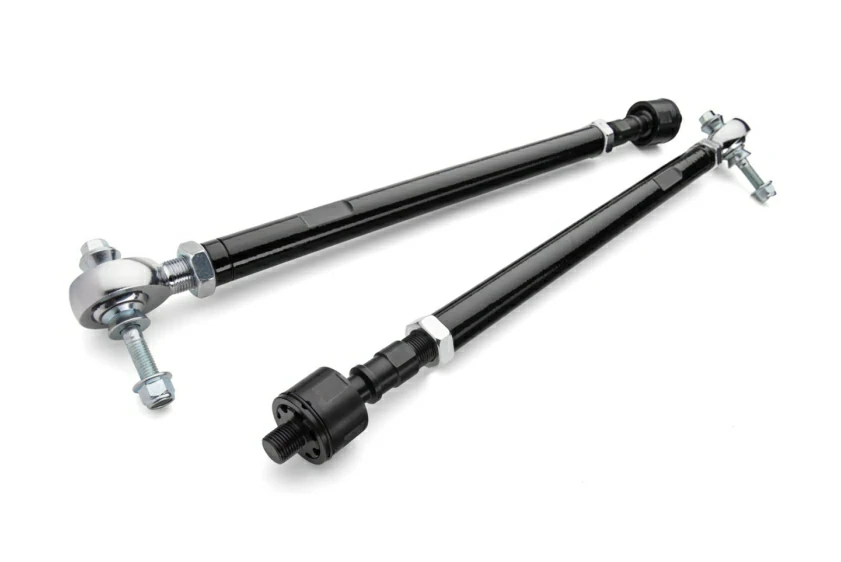Steel Tie Rod
Brief introduction of steel tie rod
Steel tie rods consist of a steel rod body and connectors, primarily bearing axial static tensile loads. They can be combined into a variety of structural forms by connecting components of different structures, offering flexible and easy installation. Using a tensioner not only adjusts the length of the steel tie rod but also facilitates the application of prestress, increasing structural rigidity. They are widely used in roof supports, column supports, cable-stayed bridge supports, vertical suspension structures, truss bottom chords, tower anchors, and bridge main cable anchorage.

Steel tie rod for dock and wharf
The wharf's steel tie rods are forged in one piece, enhancing the bending resistance of the threaded portion of the rod. After undergoing an overall tempering treatment, the overall performance of the tie rods is further enhanced.
The wharf features various structures of spur walls and anchor walls. The steel tie rods offer a variety of end connection configurations to accommodate various structures. The middle portion of the steel tie rods can utilize one-way, two-way, or universal hinges to mitigate bending moments caused by ground settlement. In practical applications, various configurations can be combined to meet more complex construction requirements. Tie rod buckles adjust the tie rod length and can also be used for tensioning.
After installation and tensioning, the entire steel tie rod requires anti-corrosion treatment. Our company can recommend appropriate anti-corrosion solutions based on the specific application environment.
Mechanical properties and parameters
